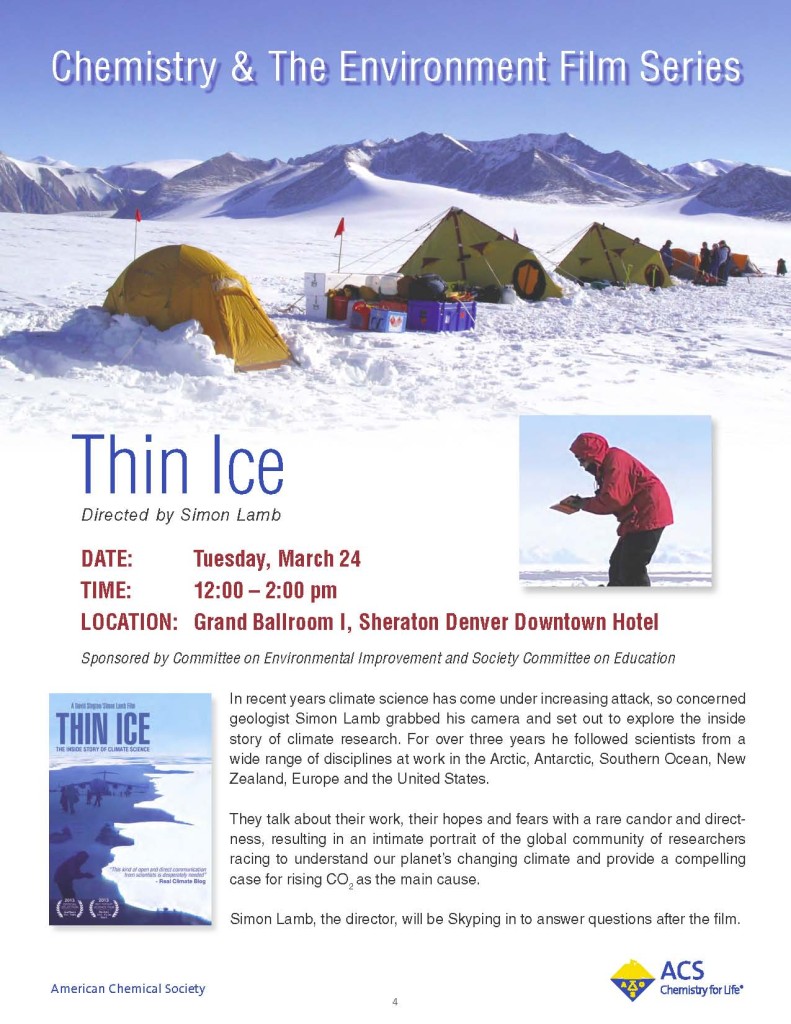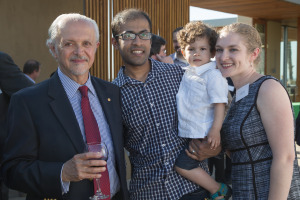All We Can Save is an anthology of writings about the climate crisis by 60 women, centered on “Truth, Courage, and Solutions.” Edited by Dr. Ayana Elizabeth Johnson and Dr. Katherine K. Wilkinson, the anthology covers many aspects of climate action, activism, policy, history and more, from a viewpoint grounded in feminism. As a whole, the collection conveys a refreshing message of realism, compassion, cooperation, and hope.
The All We Can Save project, also co-founded by Dr. Johnson and Dr. Wilkinson, offers additional resources for educators, for building community, on working with climate emotions, and for workplace climate action.
We recently participated in a high school climate event organized in the spirit of All We Can Save. Students and faculty read the anthology and gathered for a day of discussion and activities. We joined alongside presentations from climate activists, artists, experts in building science, the fashion and food industries, climate medicine, and more. Our contribution was a presentation and demonstration on climate science basics, renewable energy, and climate engineering.




